Future Trends in Educational Benchmarking
Future Trends in Educational Benchmarking Educational benchmarking is evolving fast, and staying ahead means embracing future readiness, 21st-century skills, and developing future skills for students to empower them for the next few decades of the century. Inspired by the insights from our previous blog on Readiness Through Benchmarking: A Guide for Schools let’s dive into the exciting trends shaping this field and how they can transform your classroom. The Rise of AI-Driven Benchmarking AI is revolutionising how we assess future skills for students. Tools such as Zamit’s iSKiL, use artificial intelligence to analyse data on 21st-century skills such as digital literacy and critical thinking. This trend, noted by Smith (2023) in Educational Technology Review, promises more accurate benefits of holistic education assessment, tailoring insights to individual student needs. Imagine using AI to pinpoint exactly where your students excel or need support—pretty cool, right? Personalised Learning Pathways One hot trend is the shift toward personalised learning, a key to how to develop future-ready students. Benchmarking now goes beyond group averages, offering customised roadmaps based on future readiness metrics. The zamit.one blog emphasised contextualising results, and this aligns with Jones (2024) in Journal of Educational Innovation, who found personalised pathways boost student development by 18%. You can use these insights to design lessons that nurture importance of 21st-century skills for students like creativity and collaboration. Focus on Emotional and Social Skills The importance of 21st-century skills for students now includes emotional intelligence and social skills, not just academics. Future benchmarking trends are integrating these softer skills into assessments, as seen with Zamit’s iSKiL End of Course Report. Patel (2023) in Educational Psychology Quarterly highlights a 22% improvement in career readiness when schools track empathy and teamwork. These benefits of holistic education assessment ensure students are equipped for real-world challenges. Integration with Global Standards Benchmarking is going global, as also seen in revised NEP 2020 frameworks of CBSE in India. This trend supports future readiness by benchmarking your school’s 21st-century skills progress with international standards. Zamit blog stressed aligning with national and global standards, and Kumar (2024) in Global Education Journal notes this approach enhances how to develop future-ready students by 15%. It’s a chance to position your students as global leaders! Real-Time Data and Adaptive Learning Gone are the days of yearly reports—real-time data is the future. Adaptive learning platforms, like those supported by Zamit’s tools, provide instant feedback on future skills for students. Zamit advocates for continuous improvement, and Lee (2023) in Assessment in Education found real-time tracking improves educational transformation by 20%. You can adjust teaching on the fly, making 21st-century skills development dynamic and responsive. Emphasis on Sustainability and Innovation Sustainability and innovation are becoming benchmark priorities. Schools are now assessing how well students tackle global issues like climate change, a skill vital for career readiness. The zamit.one blog’s focus on turning gaps into opportunities aligns with Green (2024) in *Sustainability in Education*, who reports a 25% rise in engagement when these topics are included. This trend ensures *future skills for students* meet tomorrow’s demands. Collaborative Stakeholder Engagement Engaging parents, students, and communities is a growing trend in benchmarking. This collaborative approach, as suggested in the zamit.one blog, fosters ownership and supports how to develop future-ready students. Taylor (2023) in Educational Leadership Review found a 30% increase in student development with stakeholder input. It’s a fun way to build a supportive ecosystem around 21st-century skills! Preparing for a Hybrid Learning Future The rise of hybrid learning is shaping benchmarking tools. They now evaluate future readiness in both online and offline settings, ensuring skills for success in a digital world. Brown (2024) in Digital Education Trends notes a 17% improvement in adaptability with hybrid-focused benchmarks. This prepares students for flexible work environments. Actionable Steps for Educators Ready to jump in? Start by exploring Zamit’s iSKiL on zamit.one for AI-driven insights. Align your benchmarks with CBSE or IB goals, engage stakeholders, and use real-time data for adaptive learning. Regular reviews will keep your future skills for students on track—let’s get started! The Future is Bright These trends are redefining educational transformation and future readiness. With tools like Zamit’s iSKiL, you’re equipped to lead the charge. Embrace these changes to ensure your students thrive with 21st-century skills in an ever-evolving world! References: – Smith, J. (2023). Educational Technology Review, 12(4), 89-102. – Jones, R. (2024). Journal of Educational Innovation, 19(3), 145-158. – Patel, A. (2023). Educational Psychology Quarterly, 30(2), 67-80. – Kumar, P. (2024). Global Education Journal, 15(1), 112-125. – Lee, S. (2023). Assessment in Education, 29(3), 200-215. – Green, T. (2024). Sustainability in Education, 8(2), 130-142. – Taylor, M. (2023). Educational Leadership Review, 40(4), 90-103. – Brown, K. (2024). Digital Education Trends, 11(3), 175-188.

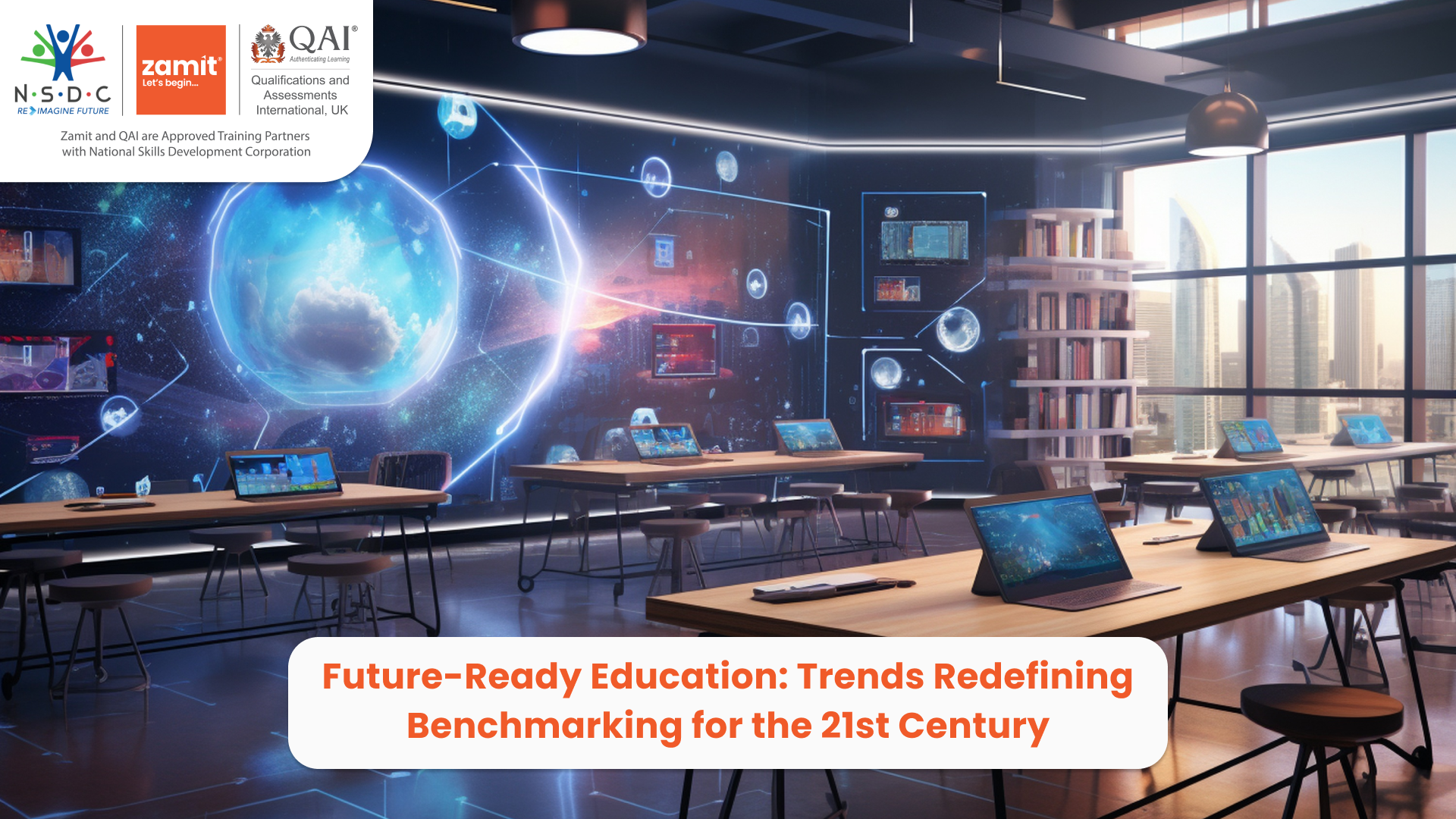 dxc
dxc
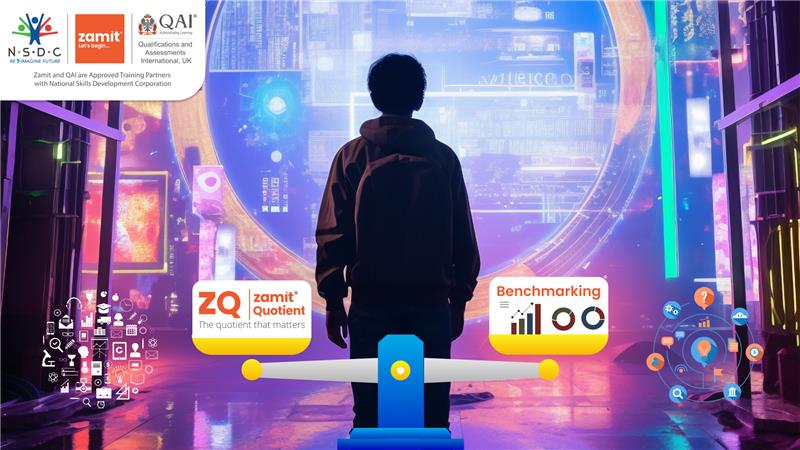 dxc
dxc
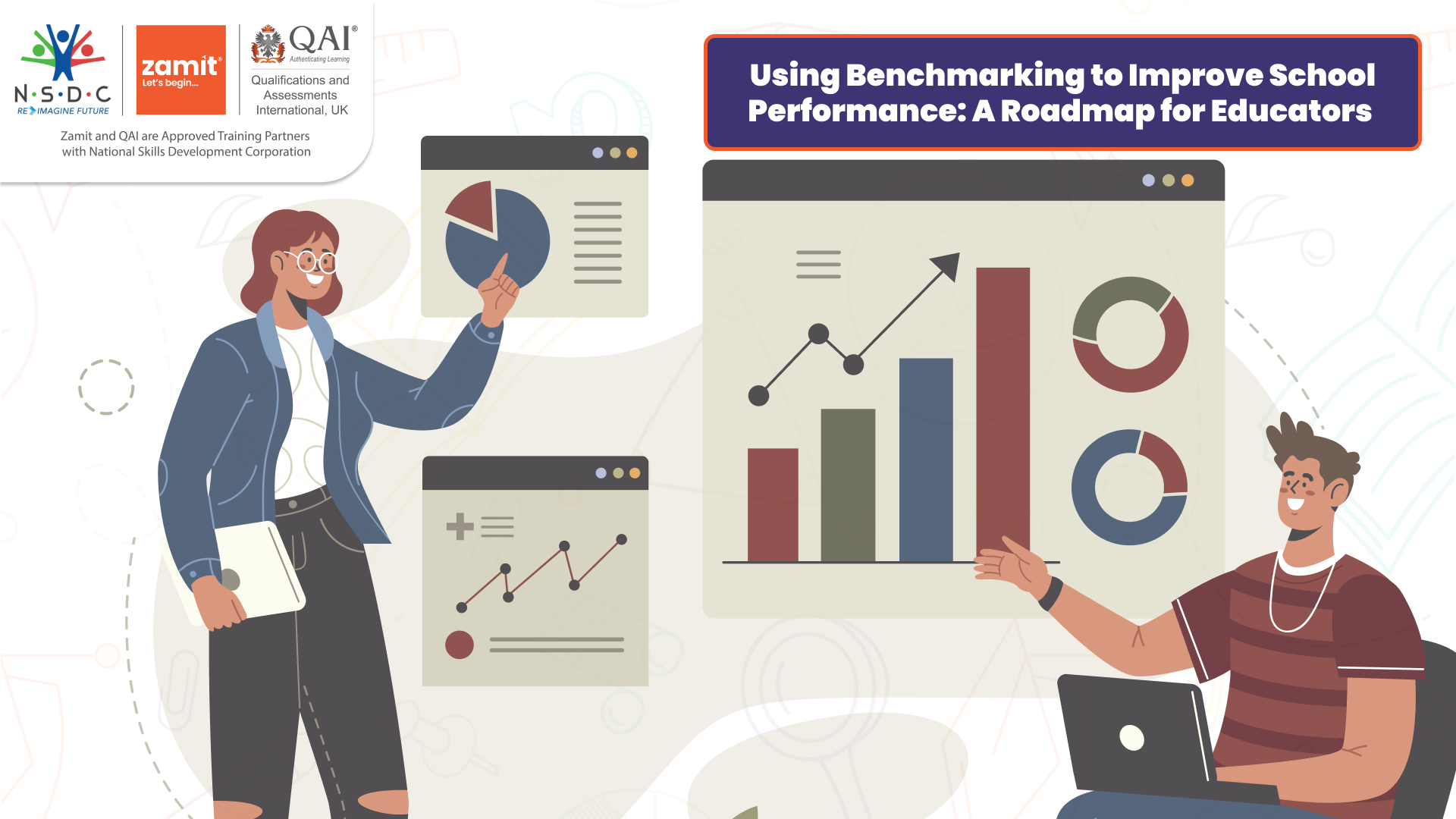 dxc
dxc
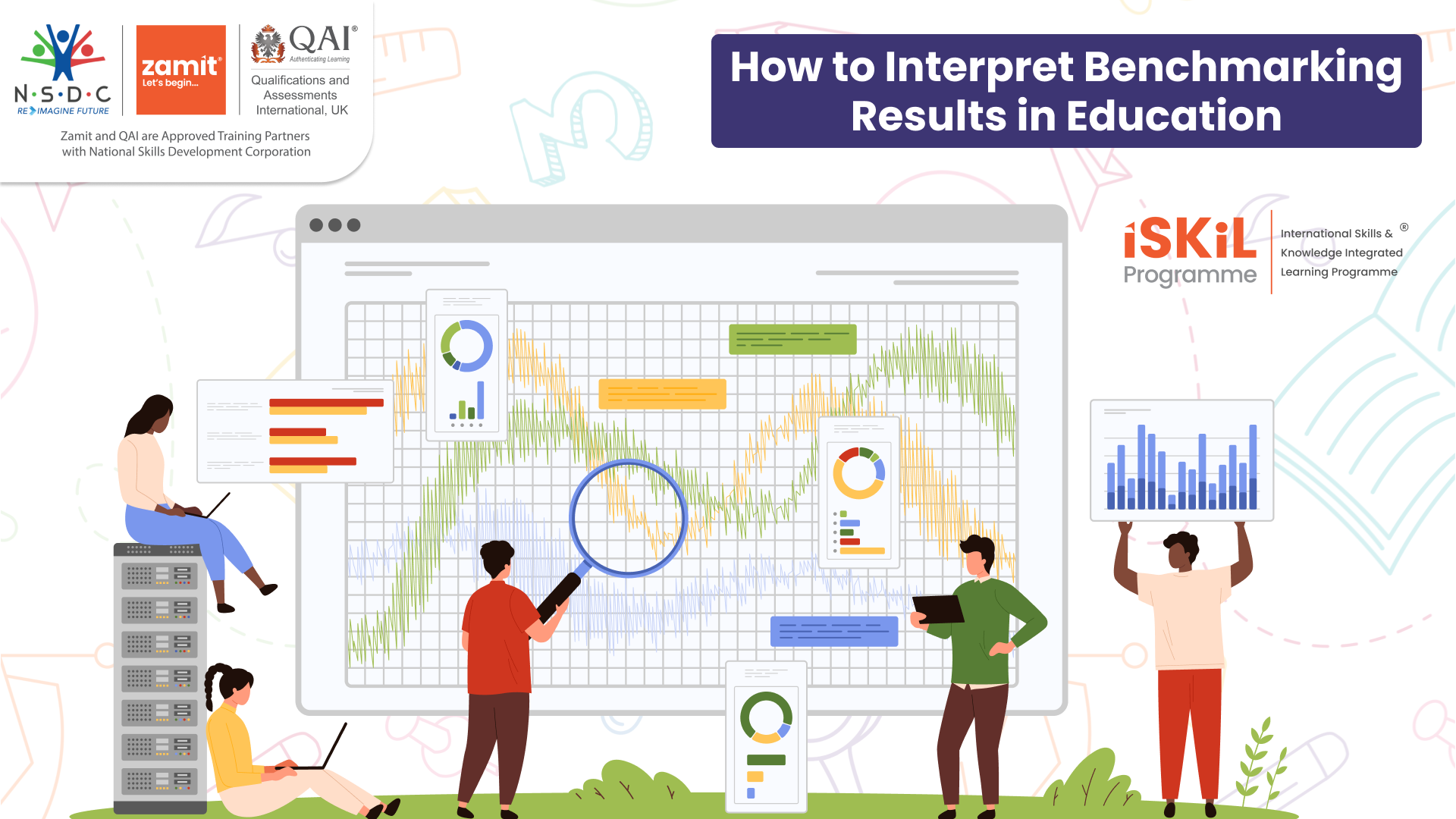 dxc
dxc
 dxc
dxc
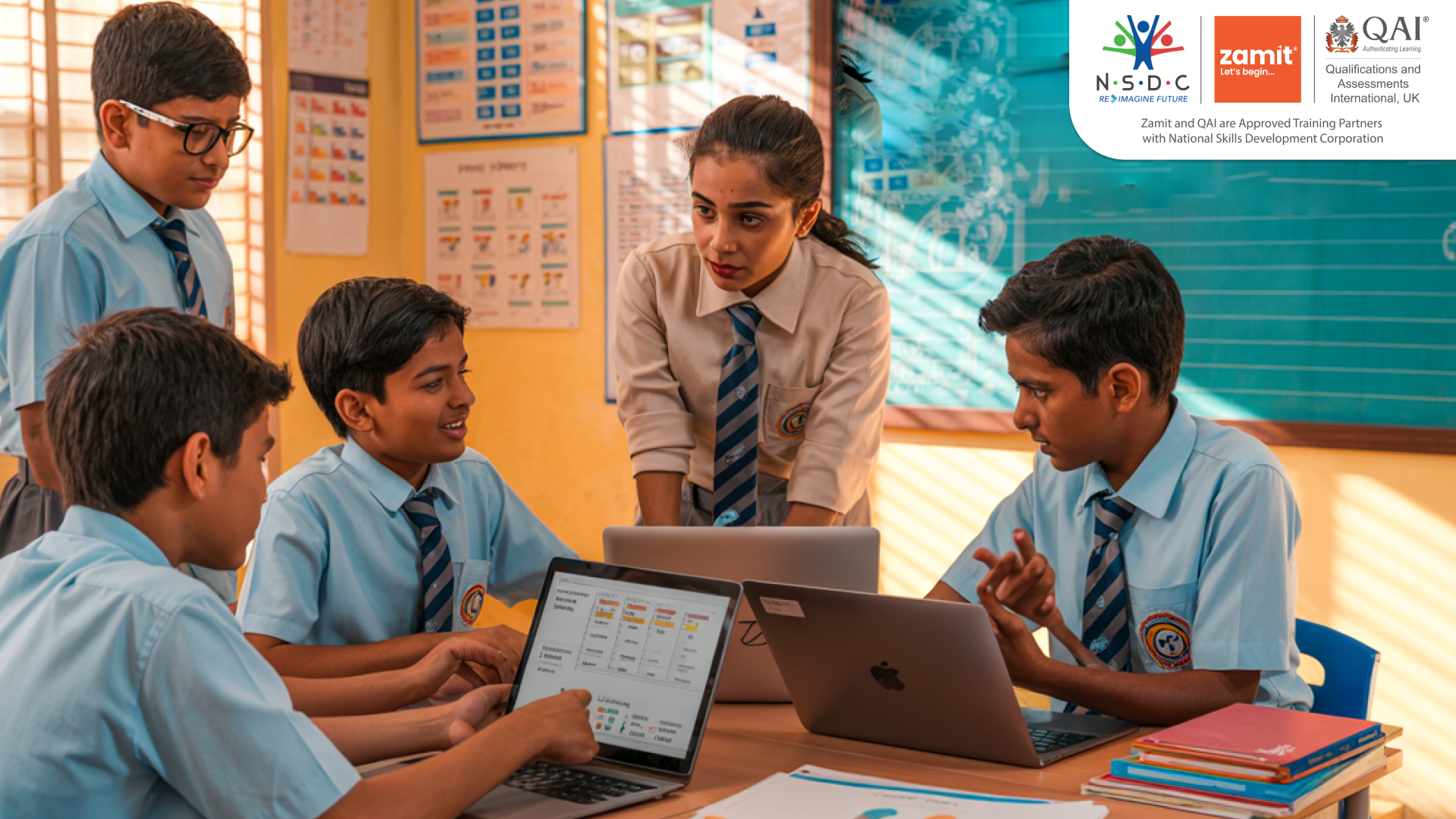 dxc
dxc
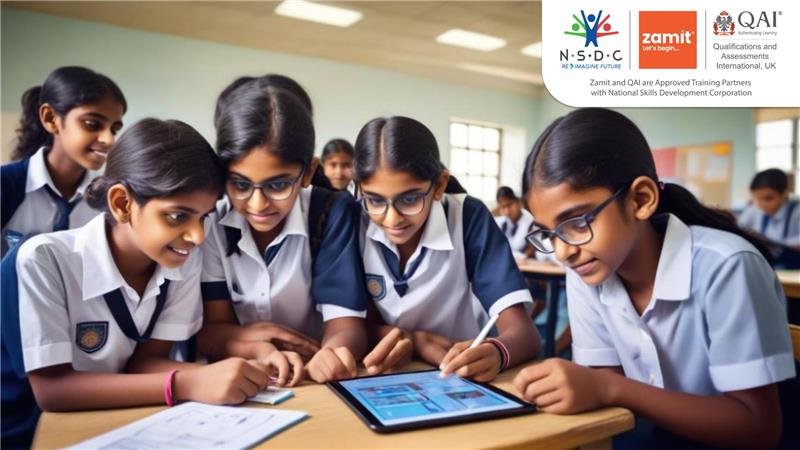 dxc
dxc
 dxc
dxc
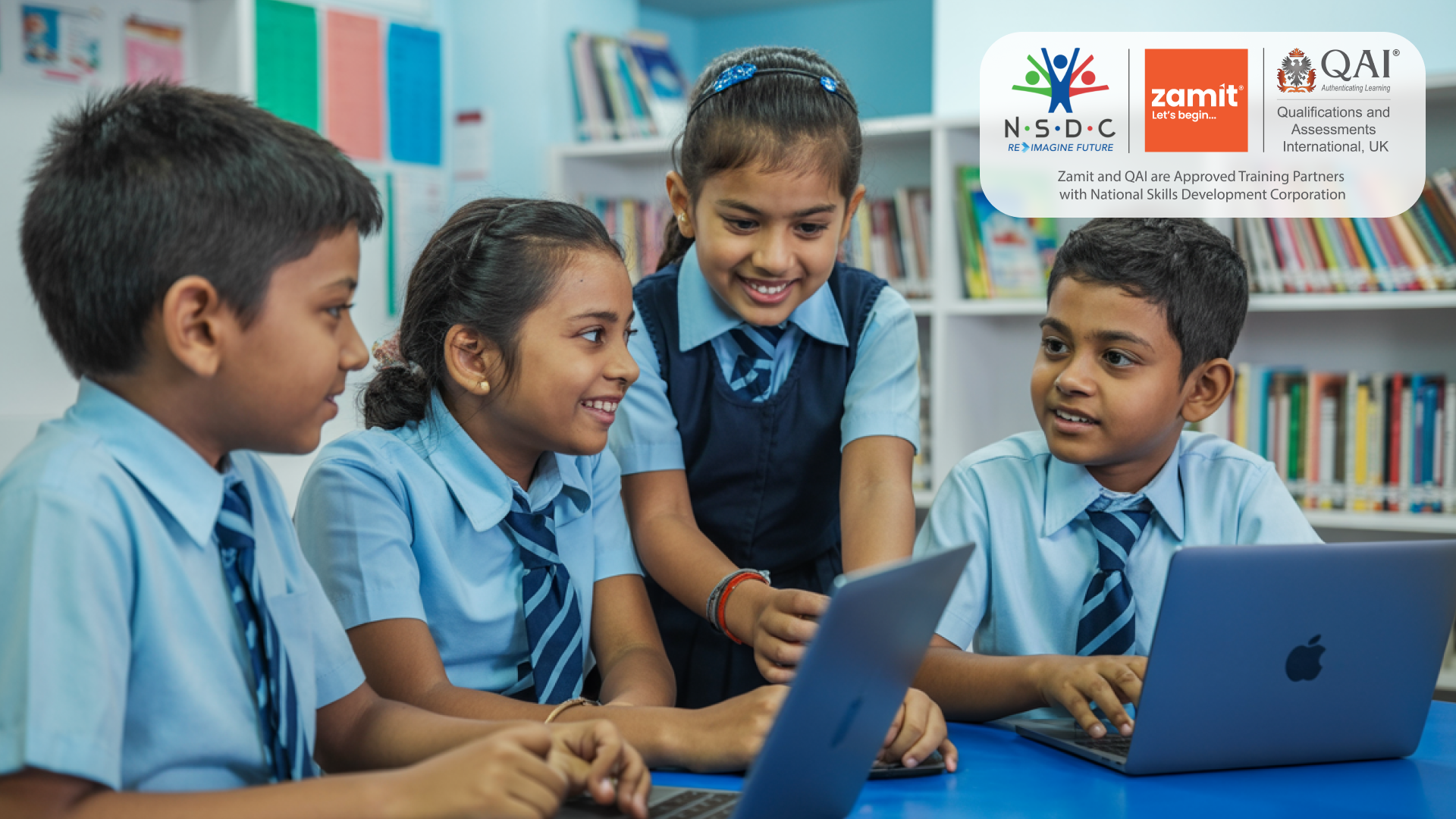 dxc
dxc
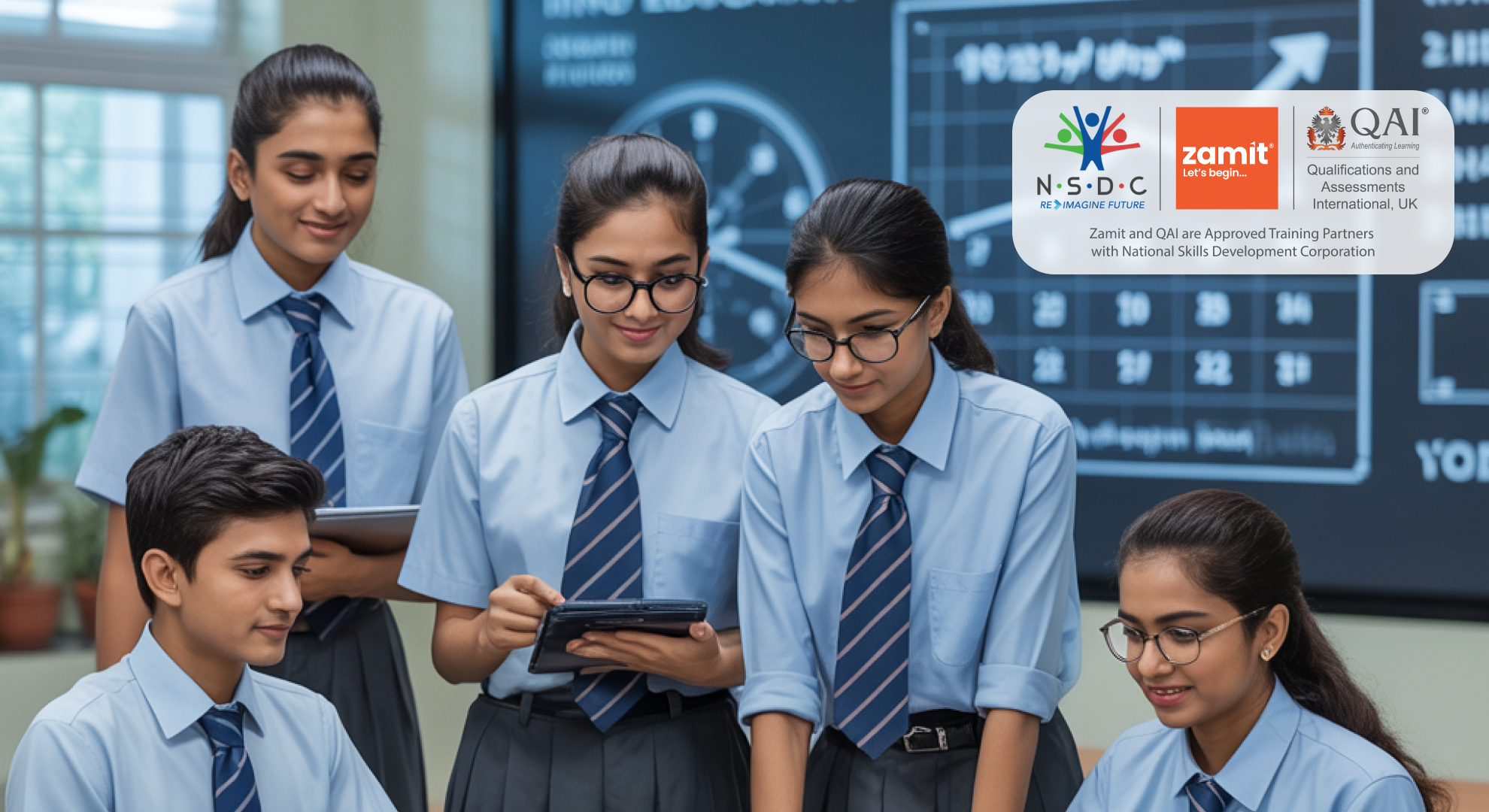 dxc
dxc
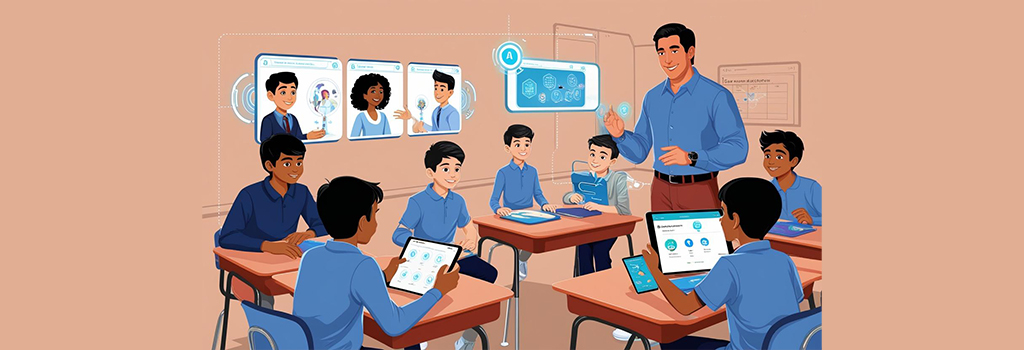 dxc
dxc
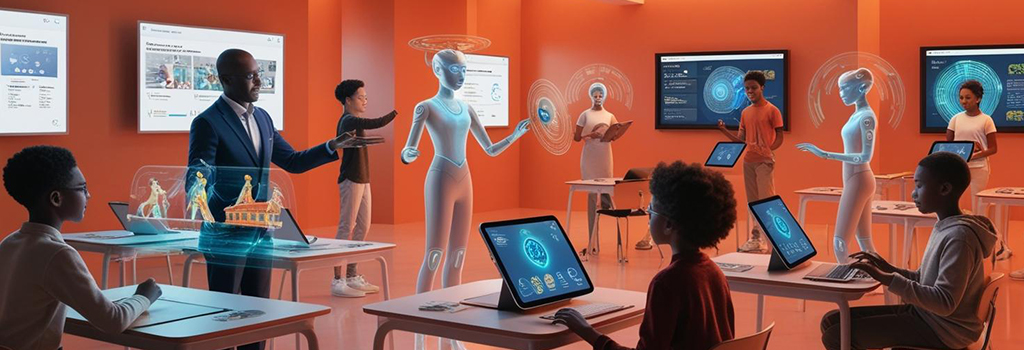 dxc
dxc
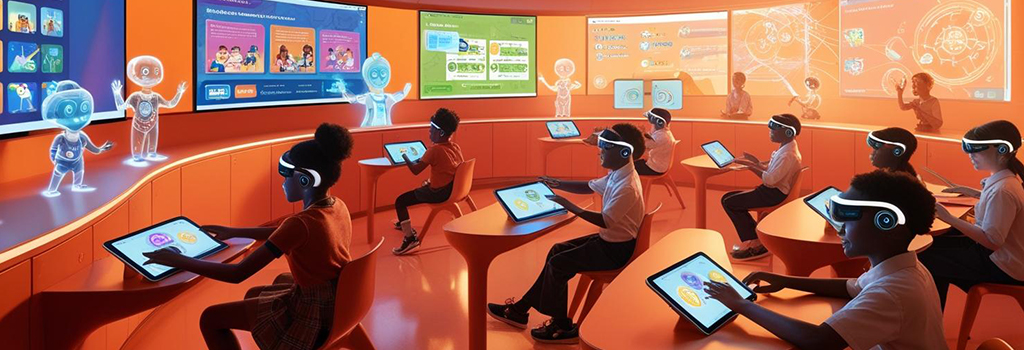 dxc
dxc
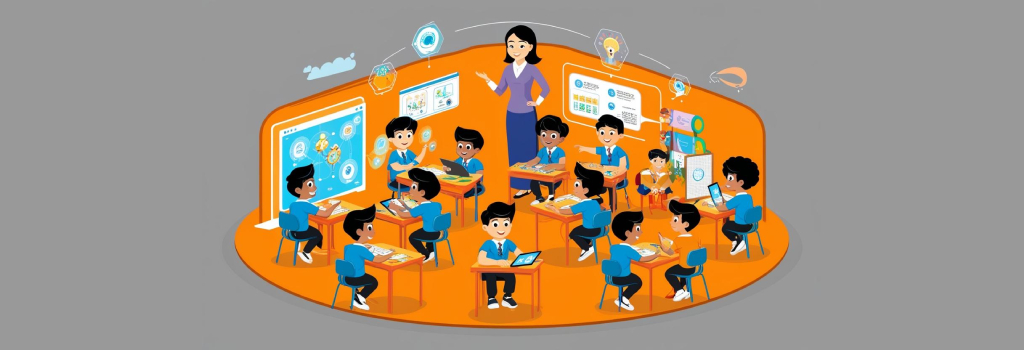 dxc
dxc
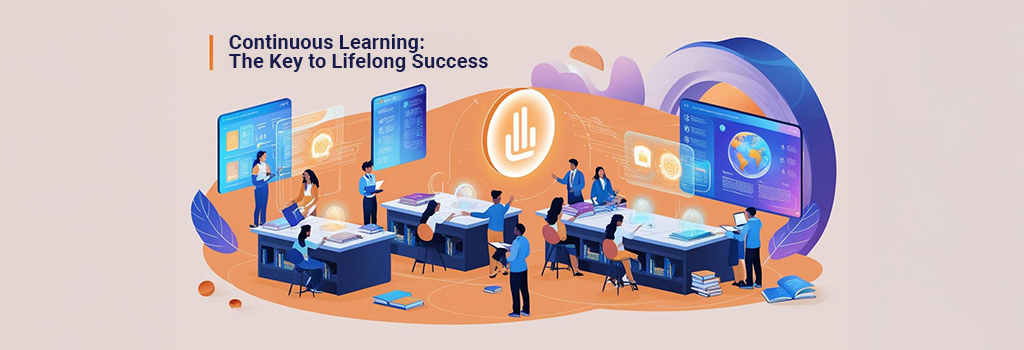 dxc
dxc
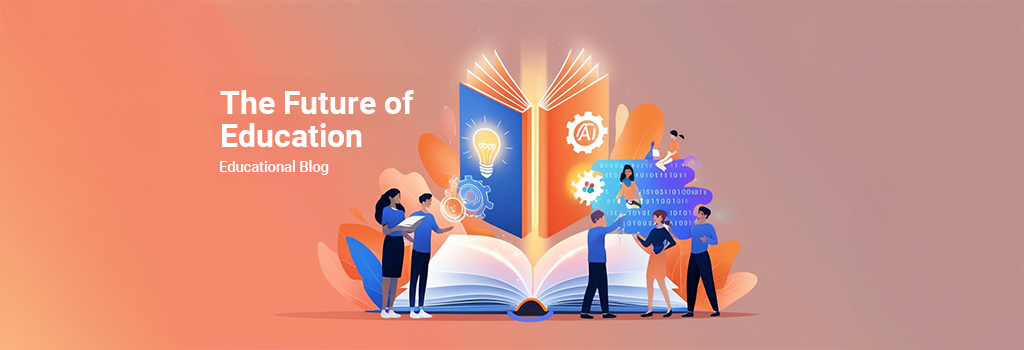 dxc
dxc
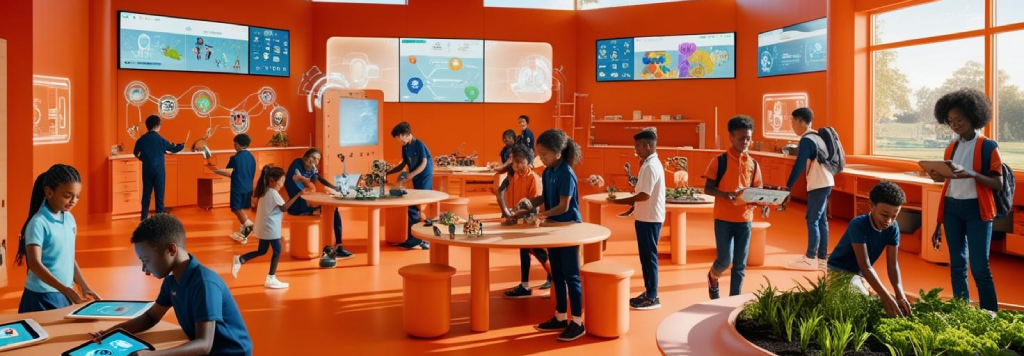 dxc
dxc
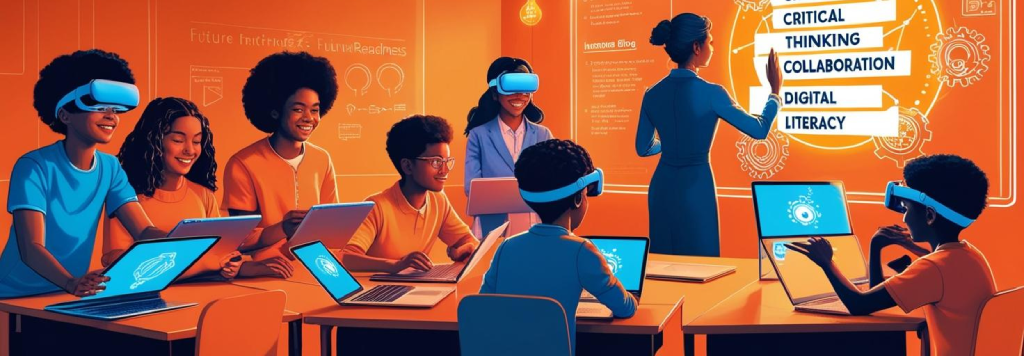 dxc
dxc
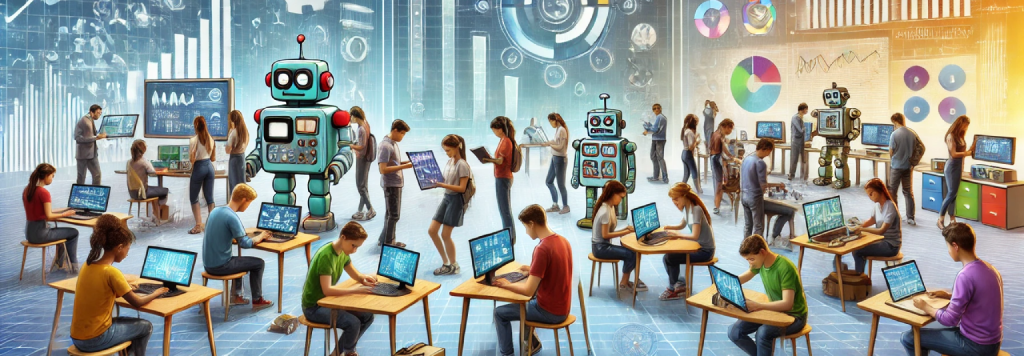 dxc
dxc
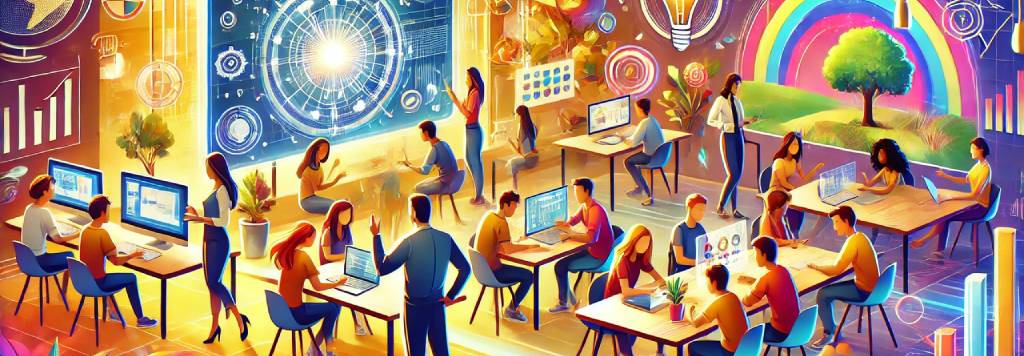 dxc
dxc